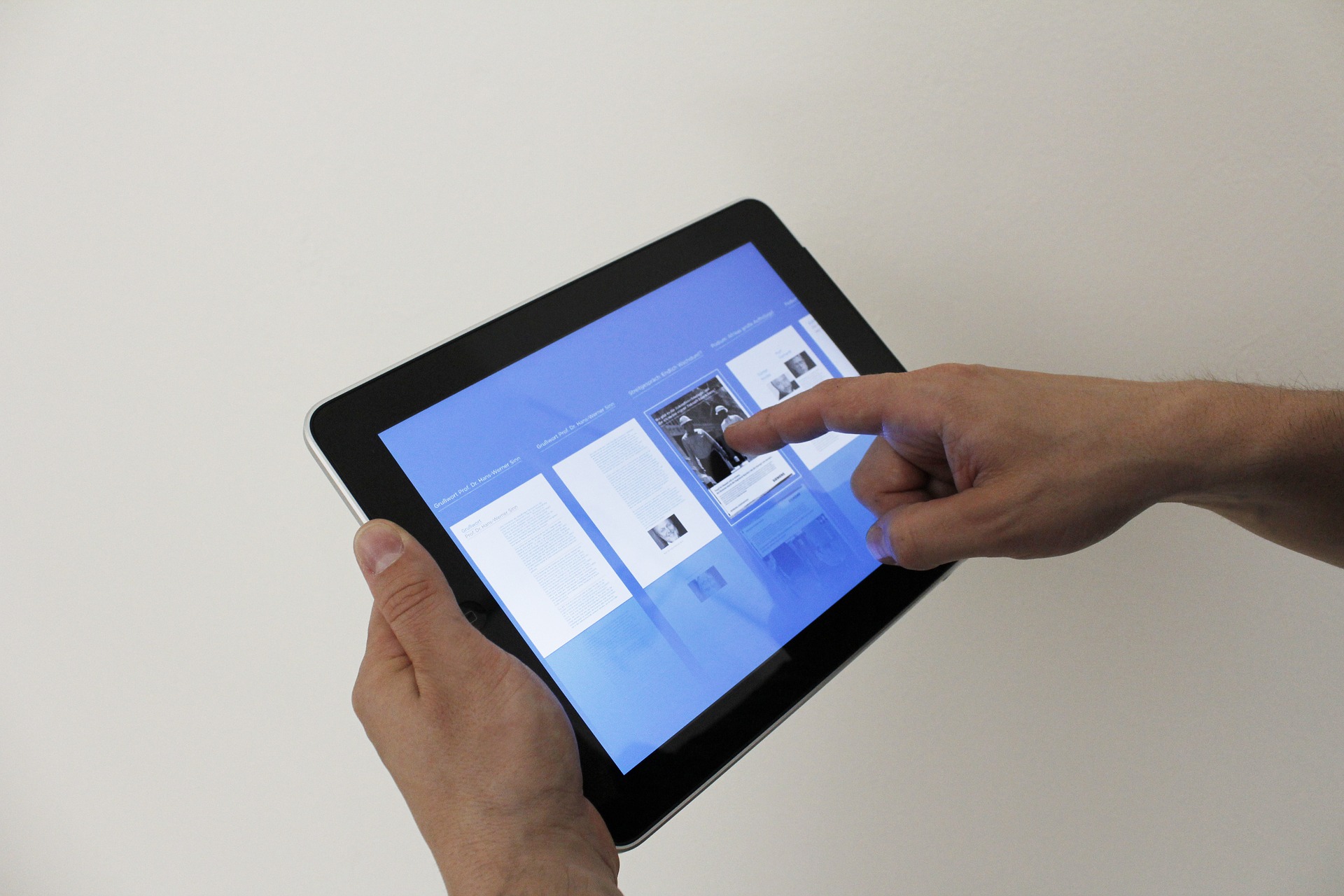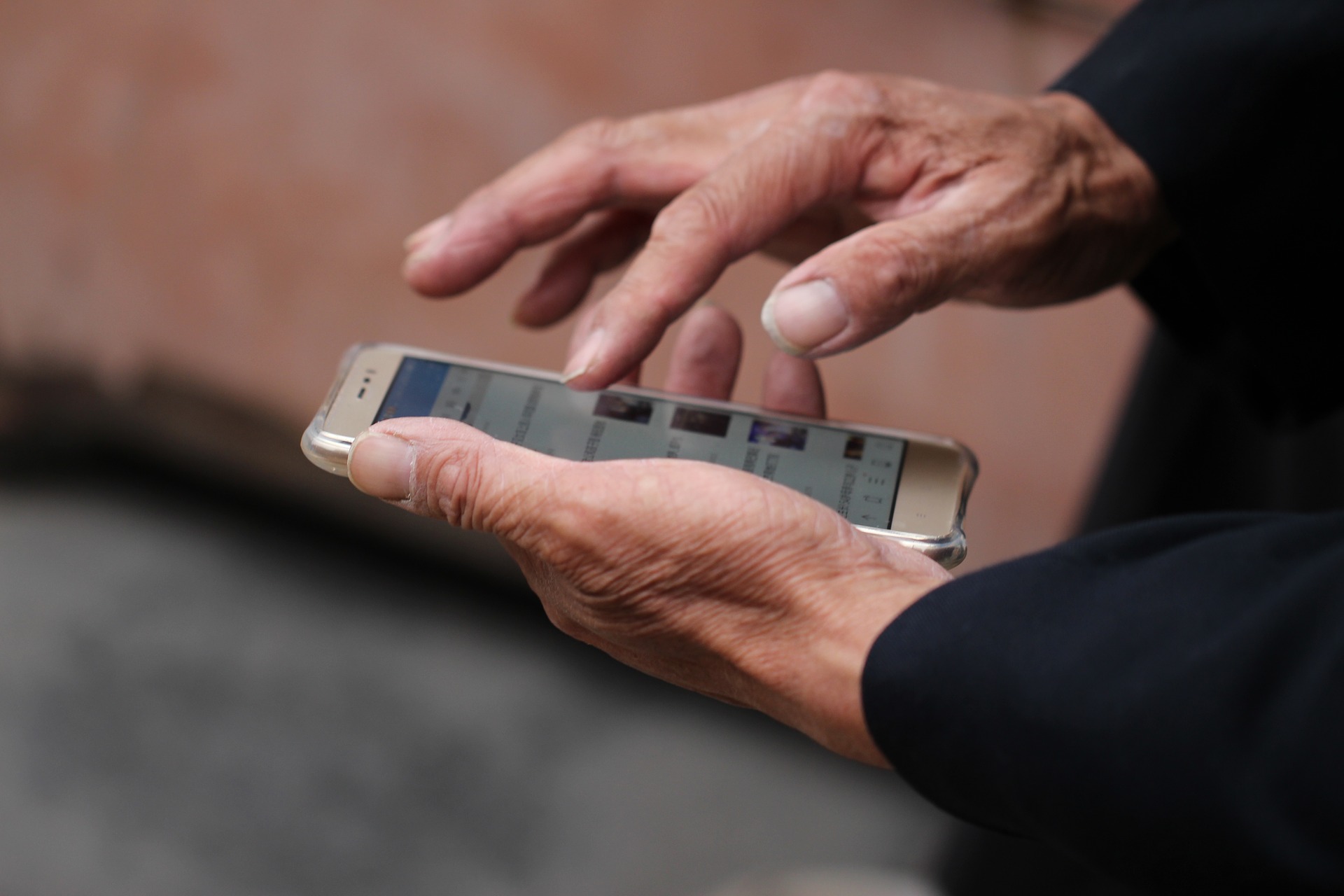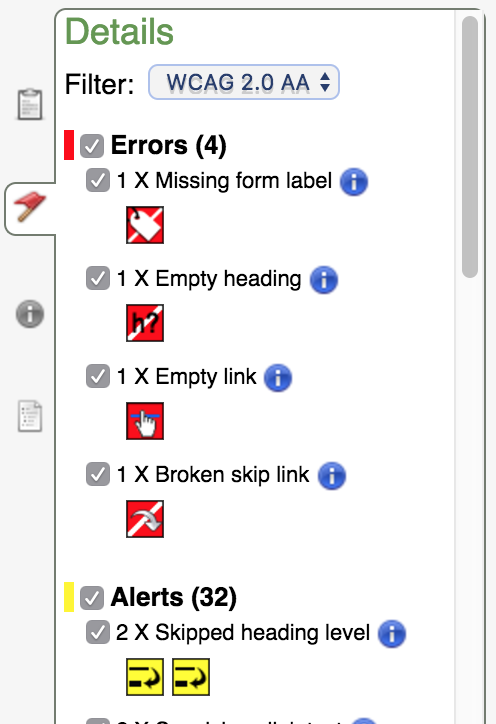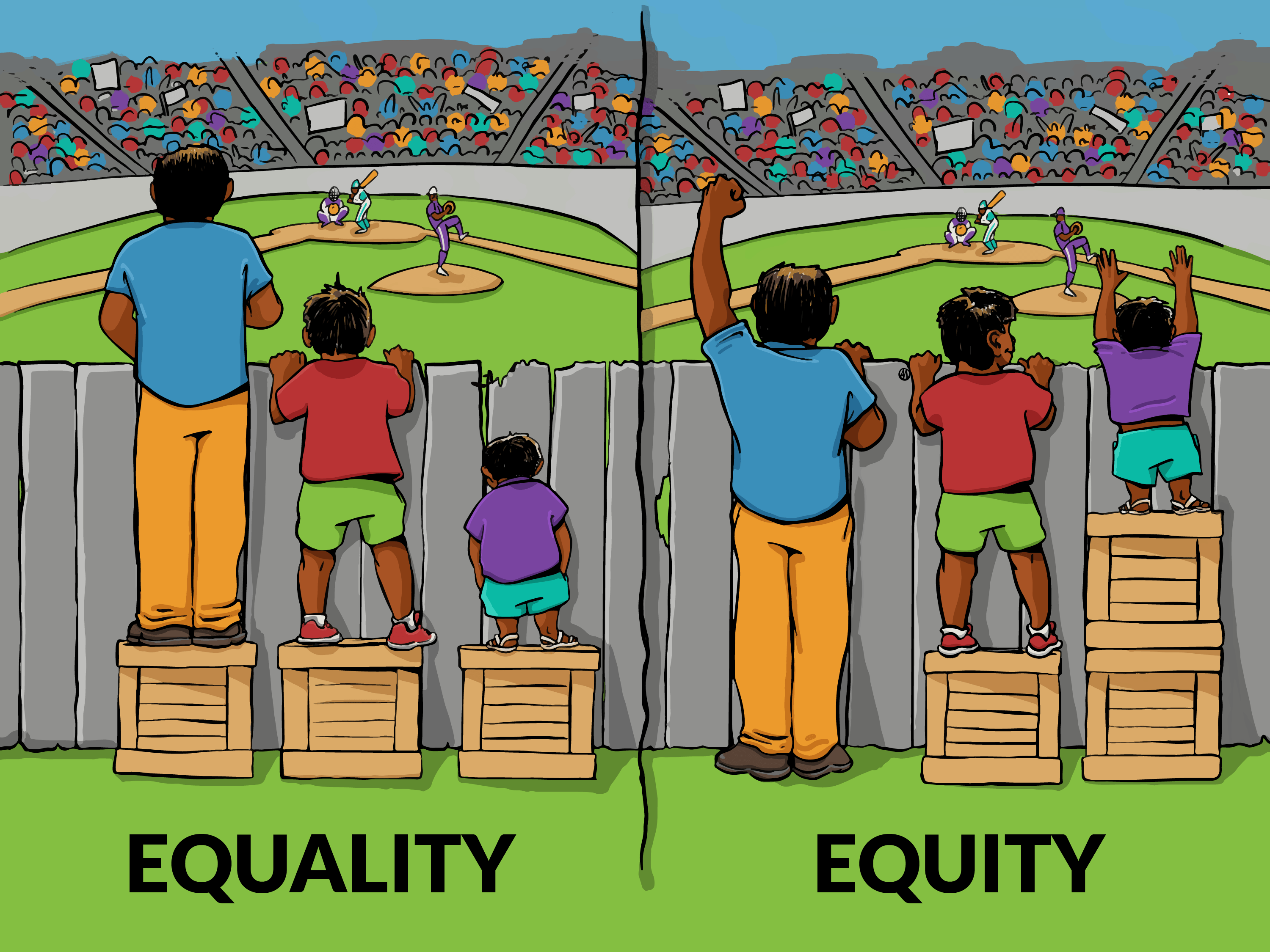Whether you’re just starting an ecommerce business or considering a rebrand, one of the most…
The importance of accessibility for your online store

Everyone who shops online does so a little differently. We make decisions at our own pace, use different devices, and interact with stores in ways that feel most comfortable to us.
For some shoppers, the process of viewing or buying a product is vastly different than you might expect. Their internet connection may be slow due to living in a developing country, they may rely on a screen reader due to visual impairment, or they may navigate with a keyboard due to the inability to reliably use a mouse.
These differences create the need to design and maintain a store that is accessible for everyone. That’s the goal of accessibility for eCommerce: creating an online store that everyone can use, no matter their age, skill level, location, or presence of a disability.
Today we’re going to take a look why you should make your WooCommerce store more accessible, and some resources you can use to improve its design and functionality for all your shoppers.
Ready to learn? Let’s start with a closer look at what we mean when we talk about accessibility.
eCommerce accessibility: what it is and why it matters
The World Wide Web Consortium (W3C for short) says that “accessibility means that people with disabilities can use the [internet].” Their Web Accessibility Initiative (WAI) introduction elaborates:
Web accessibility encompasses all disabilities that affect access to the Web, including visual, auditory, physical, speech, cognitive, and neurological disabilities.
A customer’s ability to access or use an online store could also be affected by external factors, like the speed of their internet connection or the availability of computer hardware. It may also be affected by temporary factors, like a broken arm or incorrect glasses prescription, or aging.

Whether you are developer, store builder, or store owner, it’s your responsibility to ensure that everyone can use your store effectively. This doesn’t just make your customers happy: as the W3C demonstrates, it can have very real impacts on your profitability, search engine visibility, and long-term ROI.
Accessibility involves a lot more than just adding alt text to images and optimizing your store to load quickly. So you can better understand, let’s take a look at how different some of your customers’ online experiences might be.
Exploring the vast differences between online experiences
While we were in the early planning stages for this post, we had an eye-opening encounter with a WooCommerce customer who had contacted us for support. One of our team members asked the customer to send us a screenshot of an error. They couldn’t, and gave us the reason:
We are blind, the computer reads to us.
This particular customer had built their entire store with a screen reader and other assistive technology. They then interacted with WooCommerce their customers, and our support team through the use of audio.
This was a forehead-smacking moment for our support team to be sure. But it was also a fantastic reminder to build accessible stores — because if a blind individual can build a usable store with a screen reader, those of us with full or partial sight should be able to build a store that is usable with screen readers.

Beyond screen readers, there are customers who can’t use a computer mouse, perhaps because of a physical disability. These shoppers navigate websites with their tab and arrow keys and “click” links with the enter key.
There are also shoppers who need help placing an order. Some customers simply feel more comfortable providing their billing information over the phone. Others can’t see or use the online order form. And others only have access to technology that won’t reliably support online ordering.
This is just a sampling of the many ways that different people use the internet and shop online. The multitude of backgrounds, experiences, and devices ensure that we all do things a little different… and create the need for stores that work for everyone.
The first step to a more accessible store: trying what you already have
With a better understanding of the importance of accessibility, you might be asking “how do I know if I’m accessible or not?”
The first thing you should do is try using your store yourself. Put yourself in the shoes of a shopper with color-blindness, the inability to use a mouse, or poor eyesight.
As you browse through your store, do you notice any images or buttons that might look strange without full color perception? Can you use your keyboard to navigate, or is it a tedious process? If you increase the zoom to 150% or more, is your store still usable?
Depending on the media in your store, you may find some concerns there as well. If you have product videos, do they have subtitles? Do your product descriptions say what a shirt feels like (texture-wise) as well as what color it is?
You can often find weak spots by simply slowing down and paying attention. These weaknesses are often easy to fix — for example, changing a button’s color or pushing your navigation higher on the page — but they require a willingness to live your life, even temporarily as a differently-abled person.
Use real shopper feedback, free online tools, and official resources to improve your store
Of course, unless you have a disability, are underprivileged, or are in another situation which prevents you from using an online store in a typical fashion, it can be difficult to know exactly how you are challenging your shoppers to do even simple things.
We encourage you to use — and perhaps even actively solicit — real feedback from shoppers to learn how you can make the process of accessing your store easier. Getting this feedback can be difficult, but if you actively ask for it (say, in post-purchase emails?) it will come with time.
You can also try a service like UserTesting.com or work with a local agency that offers testing to collect feedback, although you’ll want to ask about accessibility specific tests first.

One free tool we recommend is WAVE, the Web Accessibility Tool. Plug any URL into this tool and you’ll be presented a list of errors and alerts that could present a problem for shoppers, ranging from missing alt text (necessary for screen readers) to broken or empty links (just bad design in general).

WAVE also provides documentation for each error or alert, so you can read up on why something has been flagged and decide how to address it.
Specifically on the visual side of things, you can try Vischeck to simulate what a website looks like with color blindness, or use ACTF aDesigner to check your store’s content for compatibility with tools like screen readers.
For speed testing — since slow internet connections can impact the experiences of those in developing countries — we recommend Pingdom, which will both test your store and provide detailed recommendations for improving it. There are also a handful of good tips in this post, which deals specifically with optimizing WooCommerce.
Finally, if you’re based in the United States (or selling to customers residing there), you can skim the government’s Section 508 Standards for Electronic and Information Technology. These standards (particularly those in section 1194.22) provide requirements for accessible technology like websites, including alt text, items being viewable with color blindness, and alerts for timed responses.

It’s not all about the store: remember accessibility when you’re working with email, social media, and more
Much like the example we gave above of the blind WooCommerce customer, it’s crucial to remember how differently each of your customers interact with you. But accessibility goes beyond the pages on your store — it encompasses your entire online presence.
Any time you are responding to emails, sending out marketing messages, or posting tweets, you are interacting with customers who access the Internet in very different ways. Think about:
- Email communication — Are you including a plain text version of your emails? How about a “view online” option? Most clients will generate both of these by default.
- How you support your shoppers — If you normally ask for a screenshot of an issue or a photo of a defect, consider offering alternate options. For example, we allow WooCommerce customers to create temporary logins so we can check out issues ourselves.
- The requests you make, especially with links — Phrases like “click here” or “click the link in our bio” could be problematic not only for screen reader users, but those on a tablet or mobile device (who are tapping, not clicking!).
- How to make processes easier — Could you accept phone calls instead of emails? Orders in person or over the phone instead of via your store? Or, if you rely only on phone calls, what processes could you move online to help out customers with anxiety, etc.?
One final word of advice: don’t aim for “good enough”
You may have seen variations of this image before:

It may be tempting to read a few tips on accessibility, try out your store with a keyboard or single online test, and call it “good enough.” But good enough isn’t really good.
Updating your store specifically to give differently-abled shoppers a better experience is admirable. But that doesn’t necessarily help the shoppers who have slower connections or devices with very small screens. That’s why we recommend making your ultimate goal to improve the experience for multiple kinds of shoppers, devices, and needs.
This goal even goes beyond accessibility, we think — it’s a broader goal of overall customer happiness. Think about it this way: what can you do to make every customer more likely to buy from you, whether they’re a blind user of a desktop computer or a fully sighted mobile shopper in a developing country?
You may have to make specific changes to your store just for those specific scenarios. But that’s why we think you should focus on equity vs. equality — because giving everyone what they need will make them much more likely to buy from you. 🙂
Here’s to creating a more inclusive shopping experience
Accessibility isn’t an easy topic to cover, much less learn about. We’ve done our best to show you why it’s important, but we recommend doing some additional research and reading on this subject. The W3C is a great place to start.
For now, we hope this post gives you some food for thought, and a few helpful tips or resources as you work toward a store that everyone can use.
Have any questions about any of the accessibility tools, tips, or ideas recommended in this post? Or any feedback of your own to give on this subject? We would LOVE to hear from you on this one — leave a comment below to get the discussion started.
Thanks for reading!
Read original article at Source link >
[wpseo_map width=”100%” height=”300″ zoom=”-1″ map_style=”roadmap” scrollable=”0″ draggable=”1″ show_route=”0″ show_state=”1″ show_url=”0″] [wpseo_address hide_address=”1″ show_state=”1″ show_country=”1″ show_phone=”1″ show_phone_2=”0″ show_fax=”0″ show_email=”1″ show_url=”1″ show_logo=”0″ show_opening_hours=”1″]


